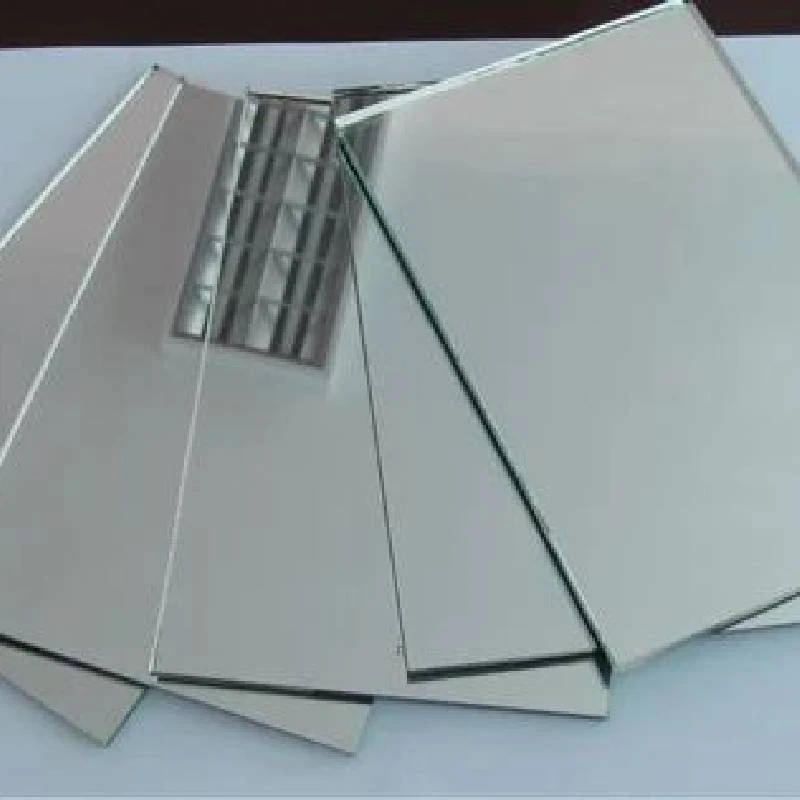

Float glass is a widely recognized material used in various applications due to its unique properties and aesthetic qualities. It is produced by a process that involves floating molten glass on top of molten tin, resulting in a smooth, flat surface. This type of glass is characterized by its clarity, uniform thickness, and lack of distortions, making it an ideal choice for numerous uses.
One of the primary applications of float glass is in the construction industry. It is extensively used for windows, doors, and facades of buildings, providing natural light while offering insulation and protection from weather elements. Float glass can help reduce energy consumption by allowing for better temperature regulation inside buildings, thereby enhancing overall energy efficiency.
In addition to its structural applications, float glass is also commonly used in the automotive industry. Car windshields and windows are often made from float glass due to its optical clarity and strength. The use of float glass in vehicles contributes to safety and visibility, ensuring that drivers and passengers have an unobstructed view of their surroundings.
Another significant use of float glass is in the manufacturing of household items. Consumers often encounter float glass in mirrors, tabletops, and decorative items. Its smooth surface and transparency make it an attractive choice for various home decor applications. Additionally, float glass can be easily cut, shaped, and treated, allowing for versatility in design.

Moreover, float glass is increasingly used in sustainable technologies. The emergence of solar energy has prompted the development of solar panels, many of which utilize float glass as a protective covering. The glass not only shields the photovoltaic cells but also ensures optimal light transmission, enhancing the efficiency of solar energy systems.
In the realm of art and design, float glass has found its place as a medium for creative expression
. Artists and designers often use it to create installations and sculptures, leveraging its transparency and reflective properties to achieve stunning visual effects.In summary, float glass is a versatile material with a wide range of applications in construction, automotive, home decor, sustainable technologies, and art. Its exceptional qualities, including clarity, strength, and adaptability, make it a preferred choice for both functional and aesthetic purposes. As industries continue to innovate and evolve, the relevance of float glass is likely to grow, further solidifying its importance in modern applications.